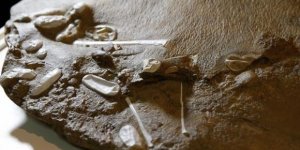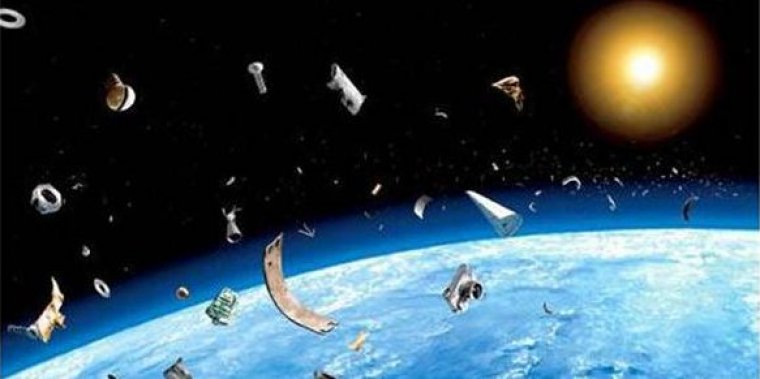| News / Science News |
Australia Developing Lasers to Track, Destroy Space Junk
Australian scientists say a powerful ground-based laser targeting space junk will be ready for use next year. They say there are hundreds of thousands of pieces of debris circling the Earth that have the potential to damage or destroy satellites.
Reducing the amount of space junk in orbit has been the focus of a meeting of scientists this week in Canberra organized by Australia’s Space Environment Research Center.
The meeting has heard that a laser using energy from light radiation to move discarded objects in space could be ready for use within a year. Researchers in Australia believe the technology would be able to change the path of orbital junk to prevent collisions with satellites.
The aim is to eventually build more powerful laser beams that could push debris into the Earth’s atmosphere, where it would burn up.
Professor Craig Smith, head of EOS Space Systems, the Australian company that is developing the junk-busting devices, explained how it would work.
“We track objects and predict collisions to high accuracy and if we think a space debris object is going to have a collision with another space debris object then we can use our laser to change its orbits rather than crashing into a satellite or another space debris object causing more space debris. Again as we ramp up the power to bigger and bigger lasers then, yes, you can actually start moving it enough to what we call de-orbit the satellite by reducing its velocity enough that it starts to change orbit height and eventually hits the atmosphere and the atmosphere takes over and drags it,” Smith said.
The system, which would operate through a telescope near the Australian capital, Canberra, is expected to be finished early next year. It is estimated there are 7,500 tons of trash in space.
This includes an estimated half-a-million marble-sized pieces of junk, while other items, such as discarded rockets and disused parts of space crafts, are much larger.
In 2012, the eight-ton Envisat Earth Observation satellite unexpectedly shut-down in orbit, where it remains. The size of a school bus, the satellite is one of the largest pieces of 'junk' in orbit and could become a catastrophic hazard if struck by other space debris and broken into fragments.
But space debris does not have to be big to cause damage. A floating fleck of paint is thought to have cracked a window on the International Space Station.
In Europe, large nets and harpoons are being developed to catch debris encircling our planet. (VOA)
YOU MAY ALSO LIKE






